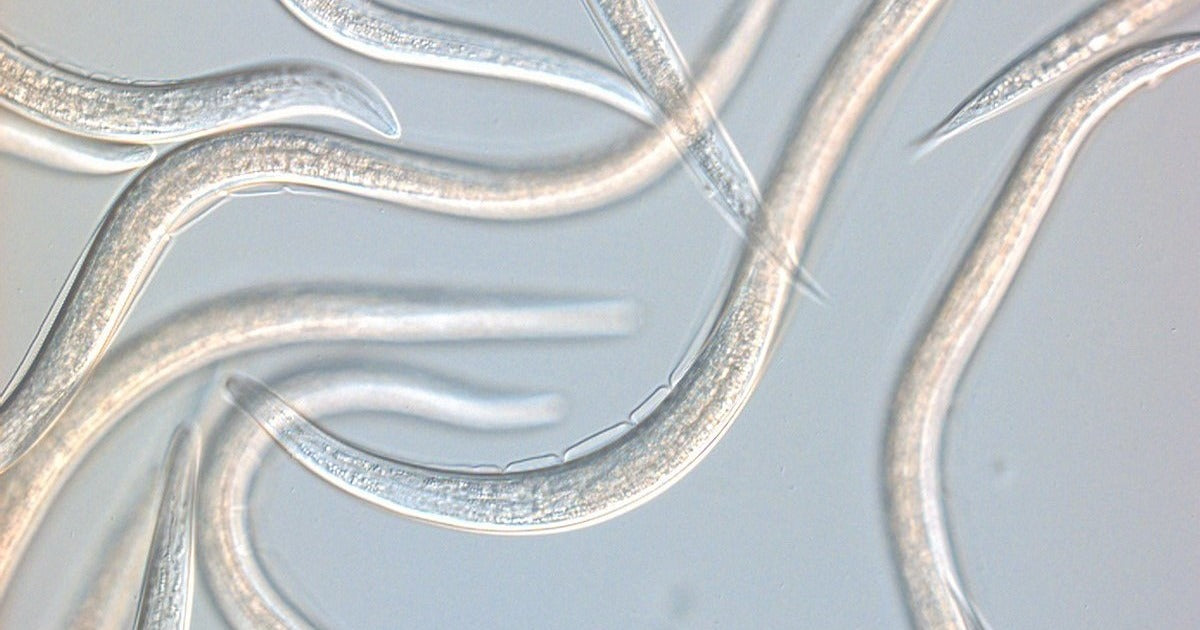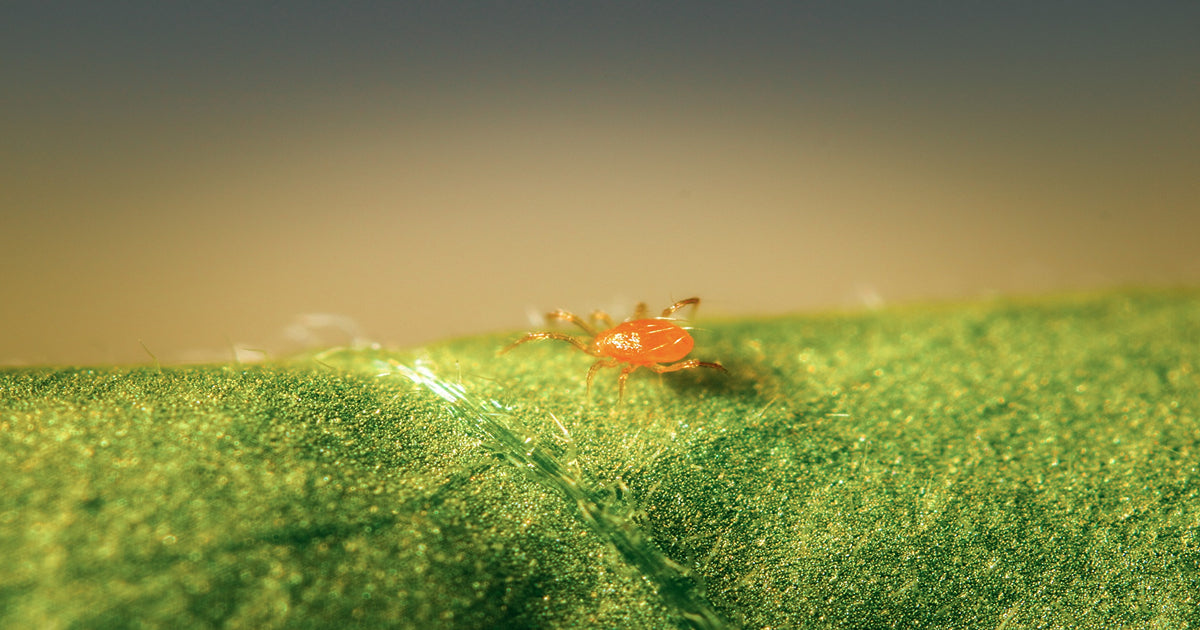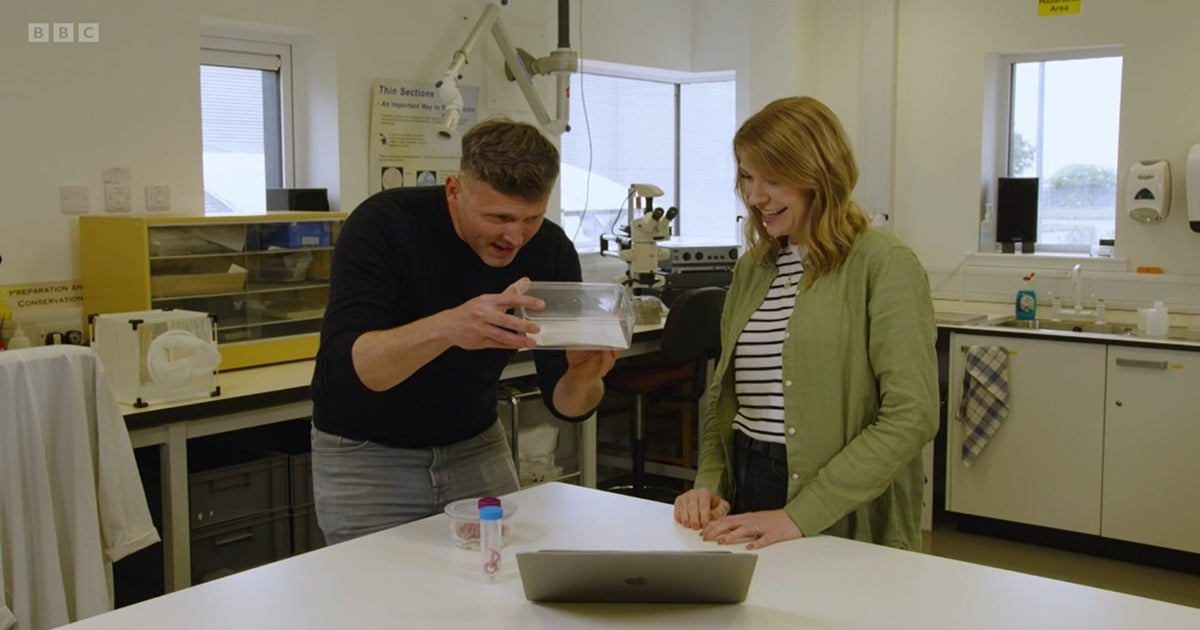
This Is The Ideal Time To Apply Your Dragonfli Nematodes
As the end of summer approaches, conditions can be ideal for nematode applications against a variety of soil borne pest grubs. Entopathogenic nematodes provide an effective natural, biological control for an increasing number of insect pests. Some of these pests have a grub stage, or larval stage, in the soil at the end of the summer. The soil is still relatively warm at this time and moisture in the soil increases with cooler weather and more rainfall. These are the very conditions nematodes need to be effective when applying to lawns or soil.


The ideal time for nematode applications is when it is overcast, wet and humid. Apply your nematodes now with our specific nematode sprayer, The Nema Super Sprayer, pictured here.
Nematodes are U.V sensitive, so can be harmed if applied on bright sunny days and need lots of moisture and irrigation to help them move through grass thatch and then through the soil to find the pest grubs. If you wish to further aid the ability of your nematodes to move through the soil we do supply a nematode soil penetrant and carrier in the form of Nemaflo which you can find here.

Nematodes are U.V. sensitive and require moisture and irrigation to enable them to move through the grass.
Pests That Should Be Treated With Nematodes In The Late Summer & Early Autumn
Chafer Grubs In Lawns

Make sure to treat Chafer grub infestations now otherwise you'll have to wait until next August!
This is the last chance to apply nematodes against Chafer grubs until next August as spring applications are not effective. It is important to reduce and control Chafer grub populations now whilst they are close to the soil surface. This is because as temperatures drop the grubs will sink deeper into the soil and become more difficult to target with nematodes. Find our Chafer Grub Killer Nematodes here.
Leatherjacket Grubs In Lawns

Leatherjacket grubs also need treating now before they can overwinter.
Crane Flies, commonly known as the Daddy-long-legs, have been busy laying eggs over the last few weeks, so fresh Leatherjacket grubs will be developing under the grass and, like Chafer grubs, will need to be controlled now with nematodes before they can overwinter. Find our Leatherjacket Killer Nematodes here.
Vine Weevil Grubs In Pots or Flower Beds

Vine weevil grubs are currently feeding on plant roots and will continue to do so until temperatures drop.
Vine weevil larvae are active now feeding on the roots of many plant types in pots or open flower beds. They will keep feeding and damaging plant roots until temperatures drop, and then will start up again next spring. Apply nematodes against them now and not only protect your plants this year but also at the start of next. Find our Vine Weevil Killer Nematodes here.
Box Tree Caterpillars On Box Plants & Hedges

A warm autumn could encourage further Box Tree Caterpillar activity.
A warm autumn might yet provide the conditions for another generation of Box Tree Caterpillars. If you identify Box Tree Caterpillars on your Box plants, make sure to apply our Box Tree Caterpillar Killer nematodes against them as soon as possible. Find our Box Tree Caterpillar Killer Nematodes here.
Comments (6 Responses)
Anthony A Lawrence
18 months ago had new lawn destroyed by Leatherjackets. Dug up lawn and replaced with new turf, applied Nematodes in the Spring and Autumn as a precaution. Now (March 2025) I’ve noticed a few Starlings on lawn eating something? (The lawn still looks okay and growing nicely). Request advice please, should I re-treat with Leatherjacket Nematodes now (March)? Or is there another treatment I could apply to my lawn? Looking forward to you advice please. Kind regards, Anthony Lawrence.
Julian Ives
Hi Michele, thanks for getting in touch.
Treating Cockchafer Grubs with nematodes can be more challenging as these pests are larger in size than Garden Chafers and tend to sit with an air pocket around them when burrowed in the soil.
As these are present in your pots, however, you should still be able to treat these effectively with our Chafer Grub Killer Nematodes by providing plenty of irrigation when you apply the nematodes and by ensuring that the nematodes make direct contact with the grubs.
A thorough soaking with the nematodes, ideally with some double dosing if possible, should ensure that the grubs are penetrated and killed within days.
I hope this helps but of course if you need any further assistance please just let us know.
Kind regards, Julian Ives [Director, Dragonfli]
Michele Bland
Hello,
I have cock chafer grubs in 4 large pots (60ms dia. × 80cms high) with citrus trees. Is it possible for me to use the specific nematodes to get rid of these grubs? If so, can you tell me how many nematodes would be necessary per pot, please? Thank you for your help.
Julian Ives
Hi Josephine, thanks for getting in touch.
Our Box Tree Caterpillar Killer Nematodes should only be applied when the caterpillars are clearly visible. If you are seeing webbing on your box hedge, however, this means that the pest is most likely at the caterpillar stage of its life cycle now. Box Tree Caterpillars produce a white, silky webbing to protect themselves, wrapping it around the box plant foliage.
I would suggest applying your nematodes directly onto the caterpillars as soon as you can, ideally with the use of a dedicated nematode sprayer (such as our Nema Super Sprayer) for optimum results.
I hope this helps, and please let us know how you get on. If you need any further advice in the meantime feel free to get in touch via email at sales@dragonfli.co.uk and we’d be happy to assist you further.
Kind regards, Julian Ives [Director, Dragonfli]





24 March, 2025
Julian Ives
Hi Anthony,
Many thanks for getting in touch.
Bird activity on a lawn can be a sign of grubs or larvae beneath, so there could still be Leatherjacket larvae under the surface. The key to success with a nematode application, in the spring, is soil temperature. If your lawn soil temperature is 8-10°C or more, you can now apply Leatherjacket Killer Nematodes. We have in fact just put our Leatherjacket Killer Nematodes back on general sale in anticipation of appropriate conditions for use. If you need to measure your soil temperature you may also wish to consider purchasing one of our Soil Thermometers.
Be sure to also check the weather forecast for frosts, as you will need a frost free period of at least 3-5 days when applying nematodes. Nematode applications to turf in springtime are certainly worth doing but we do find that they are generally less effective than autumn applications so you can expect better results as the year progresses.
I hope this helps but if you need any further advice please don’t hesitate to reach out again.
Kind regards,
Julian Ives
[Director, Dragonfli]